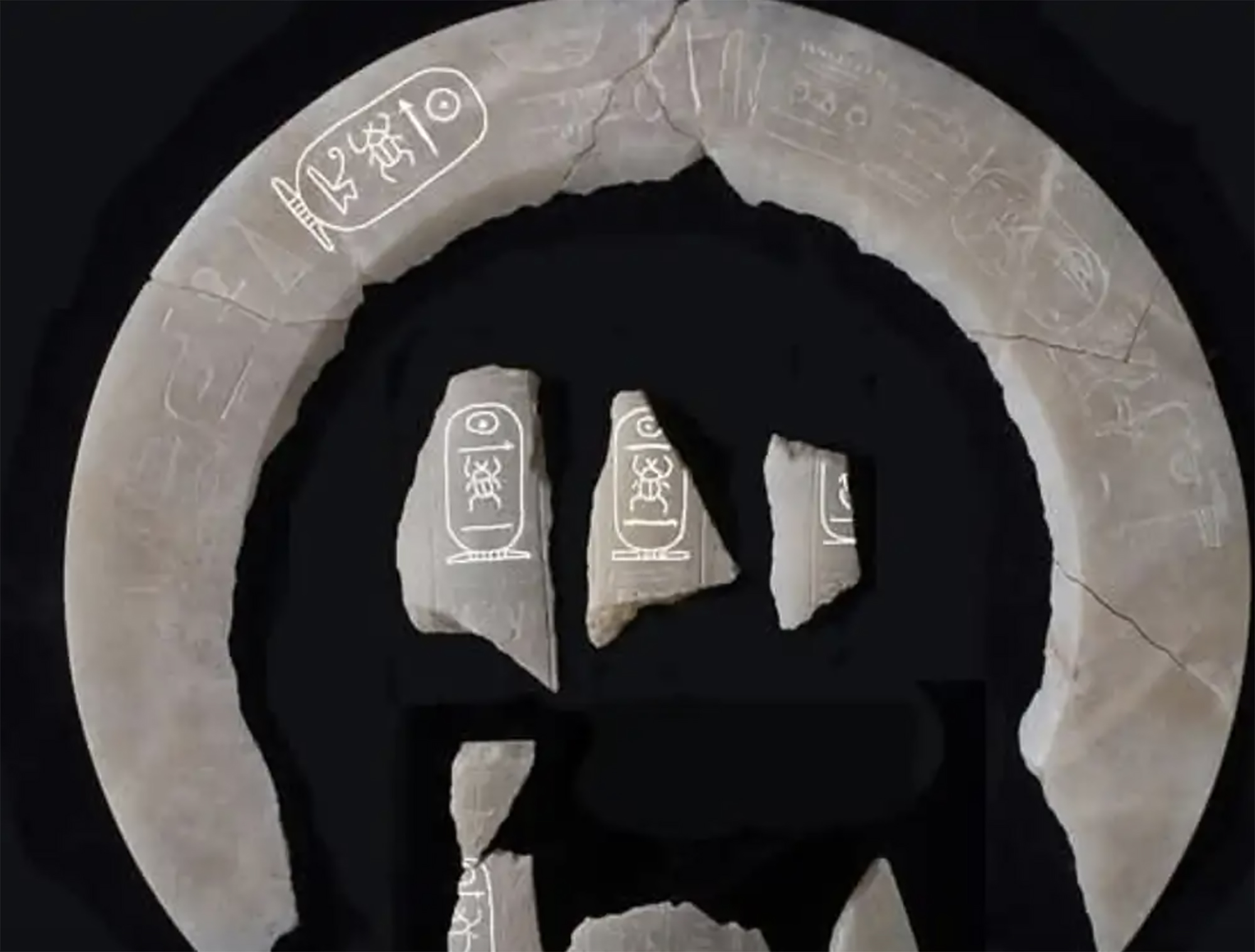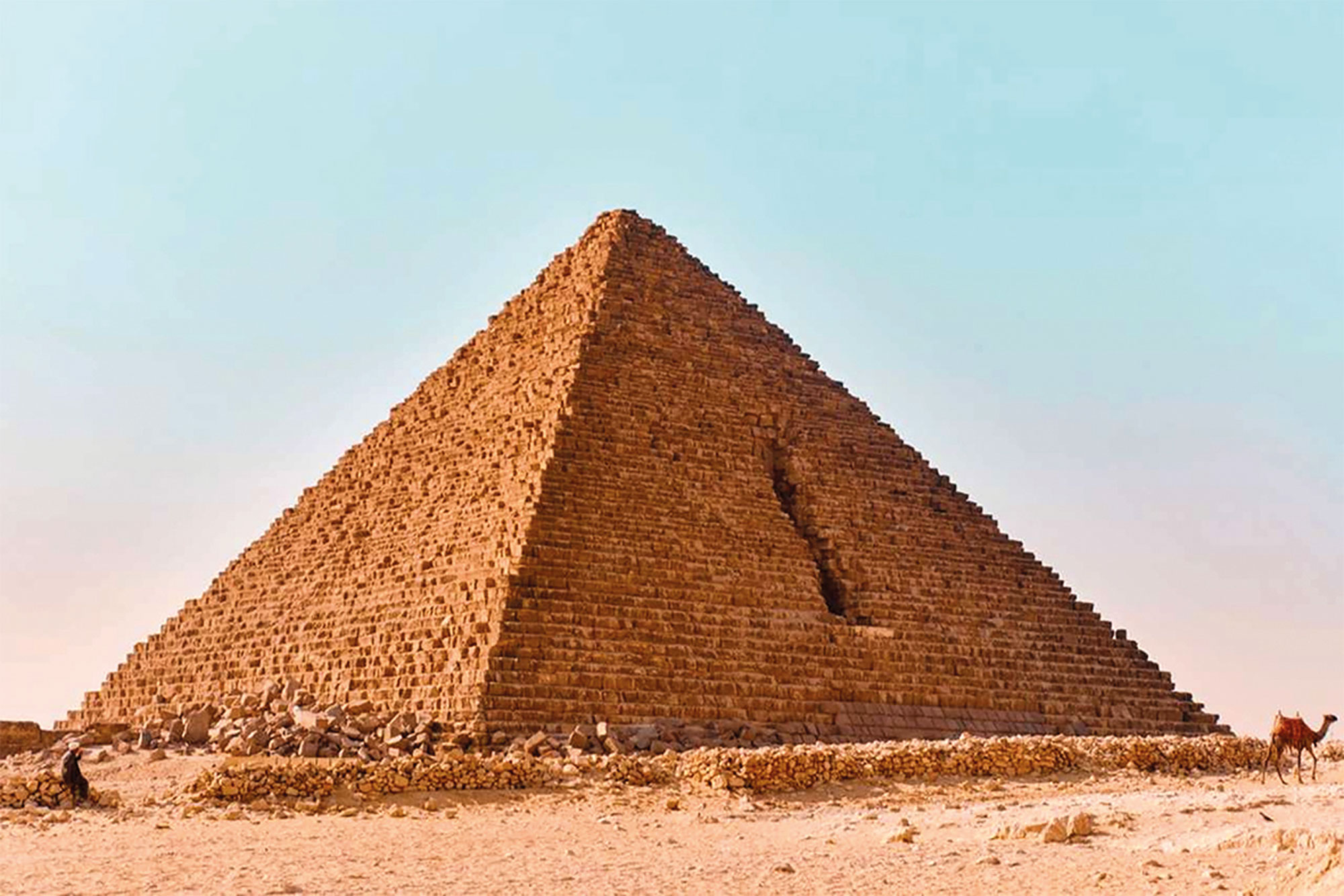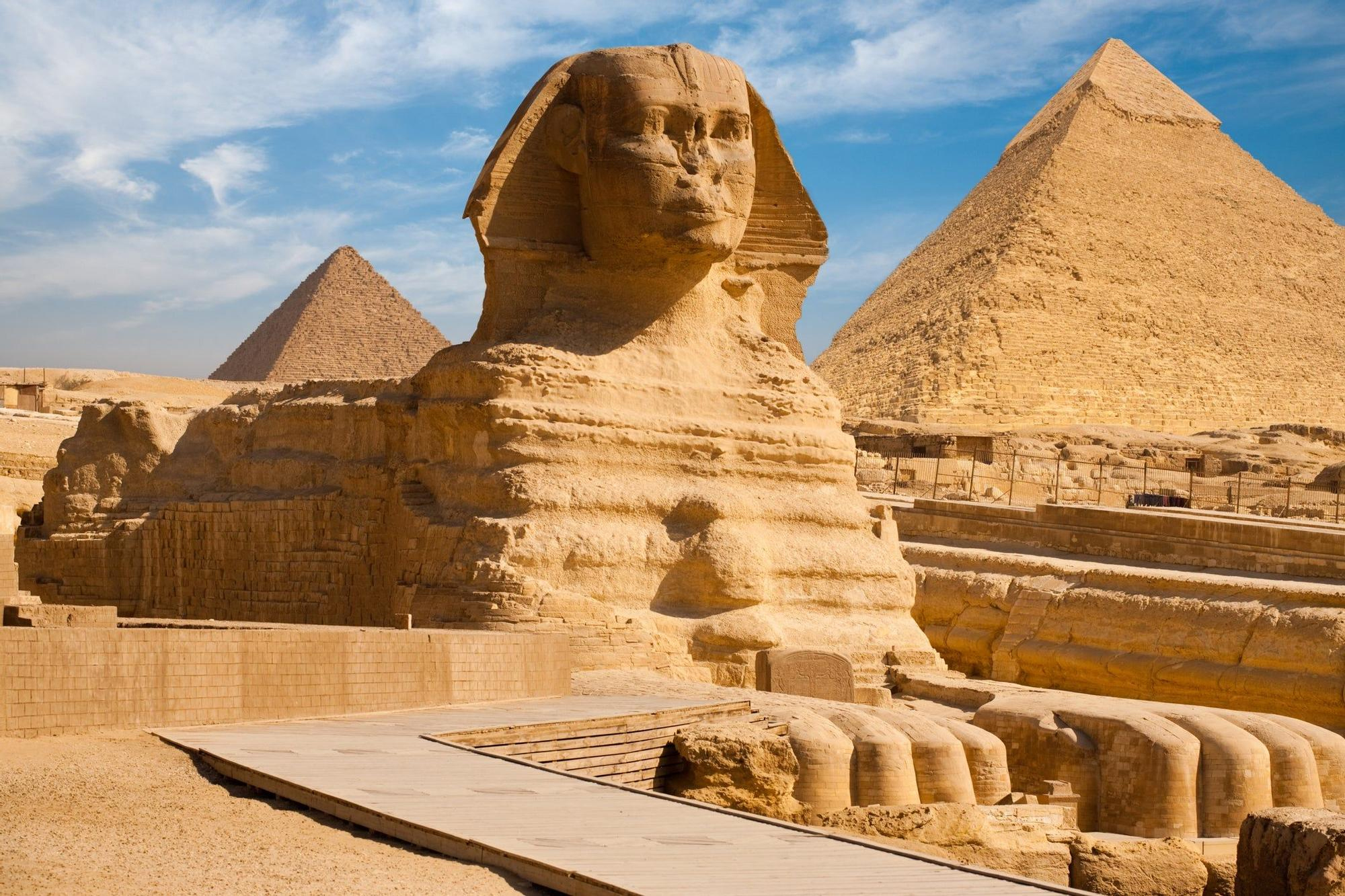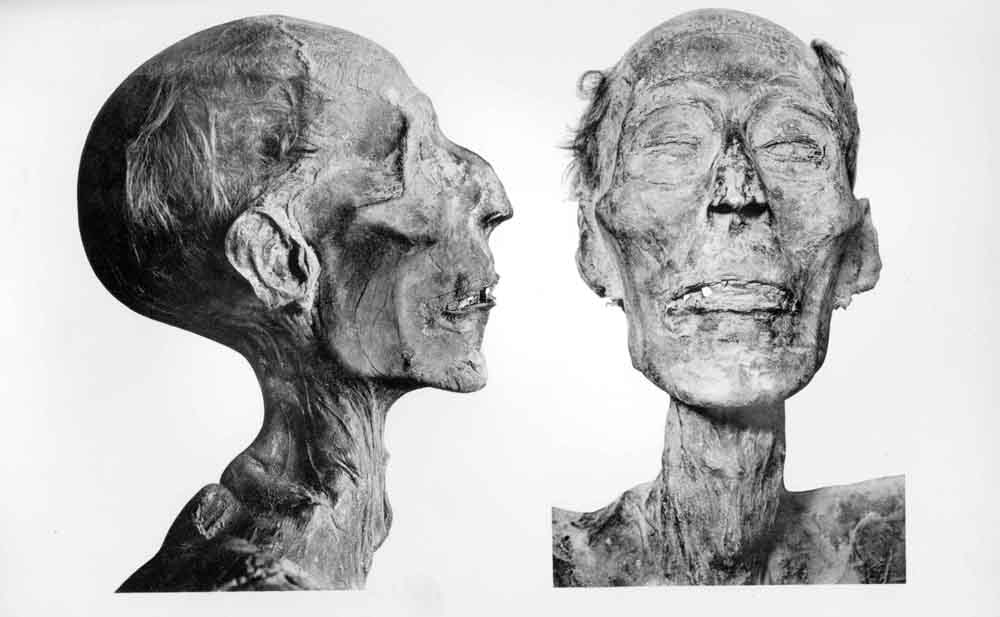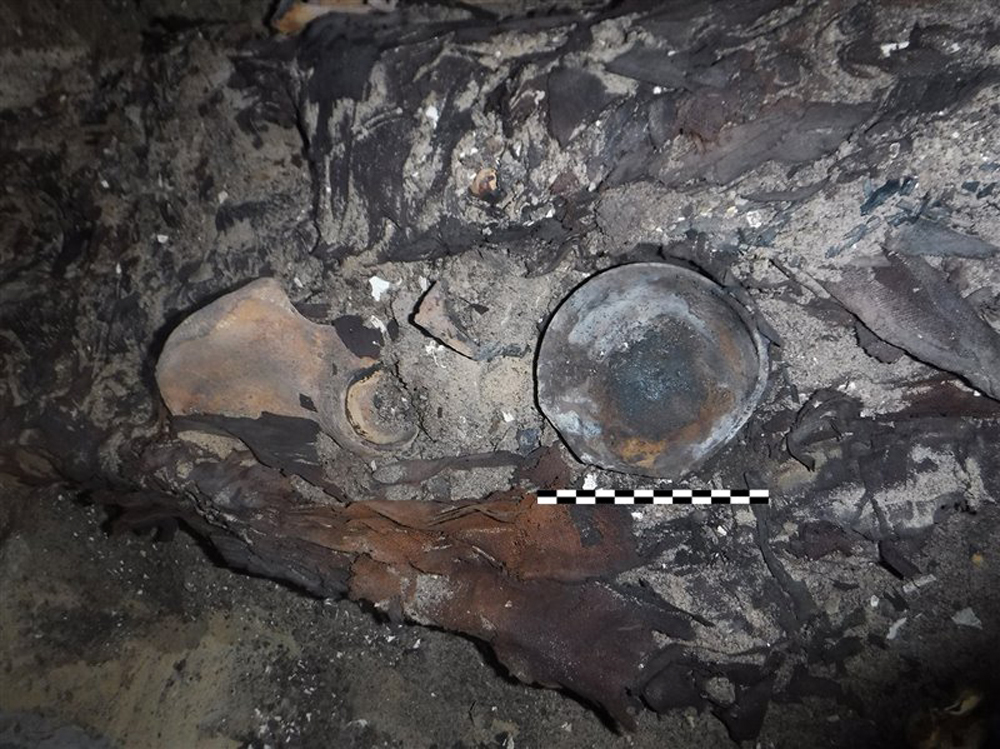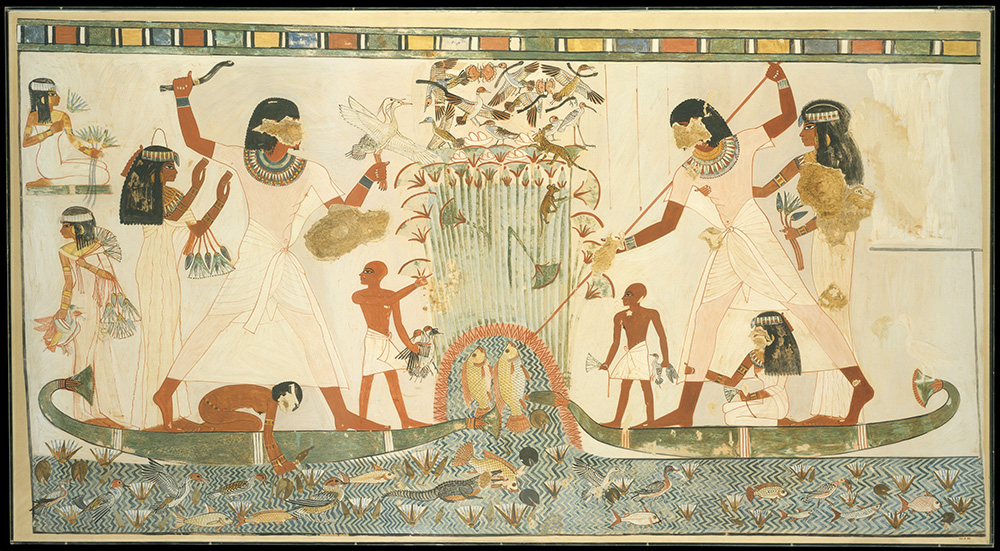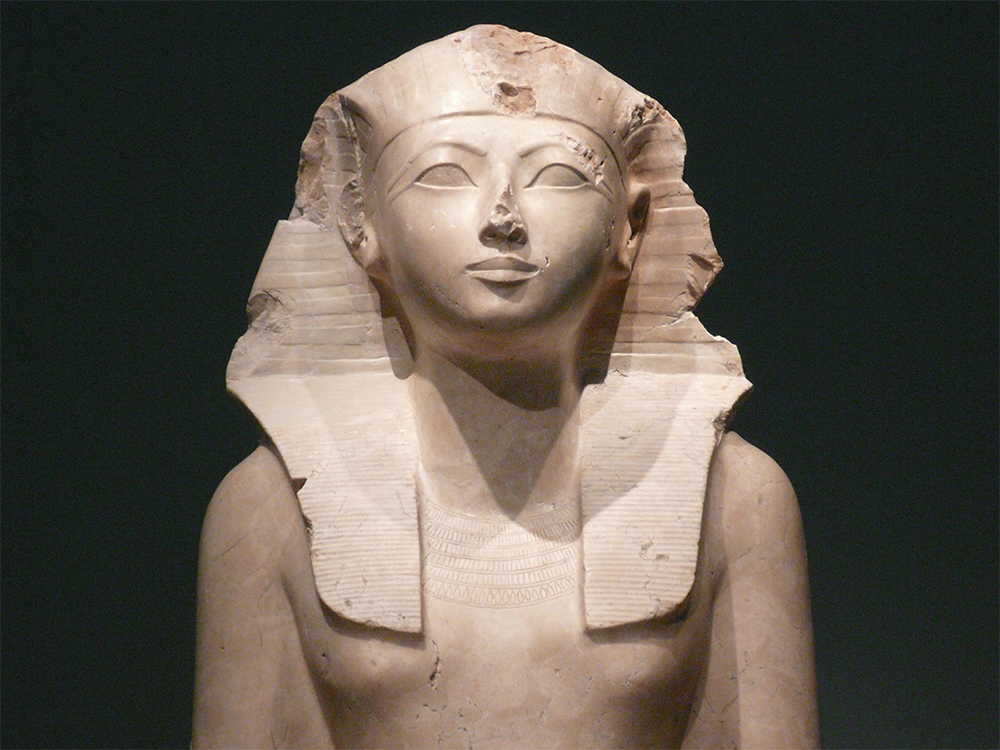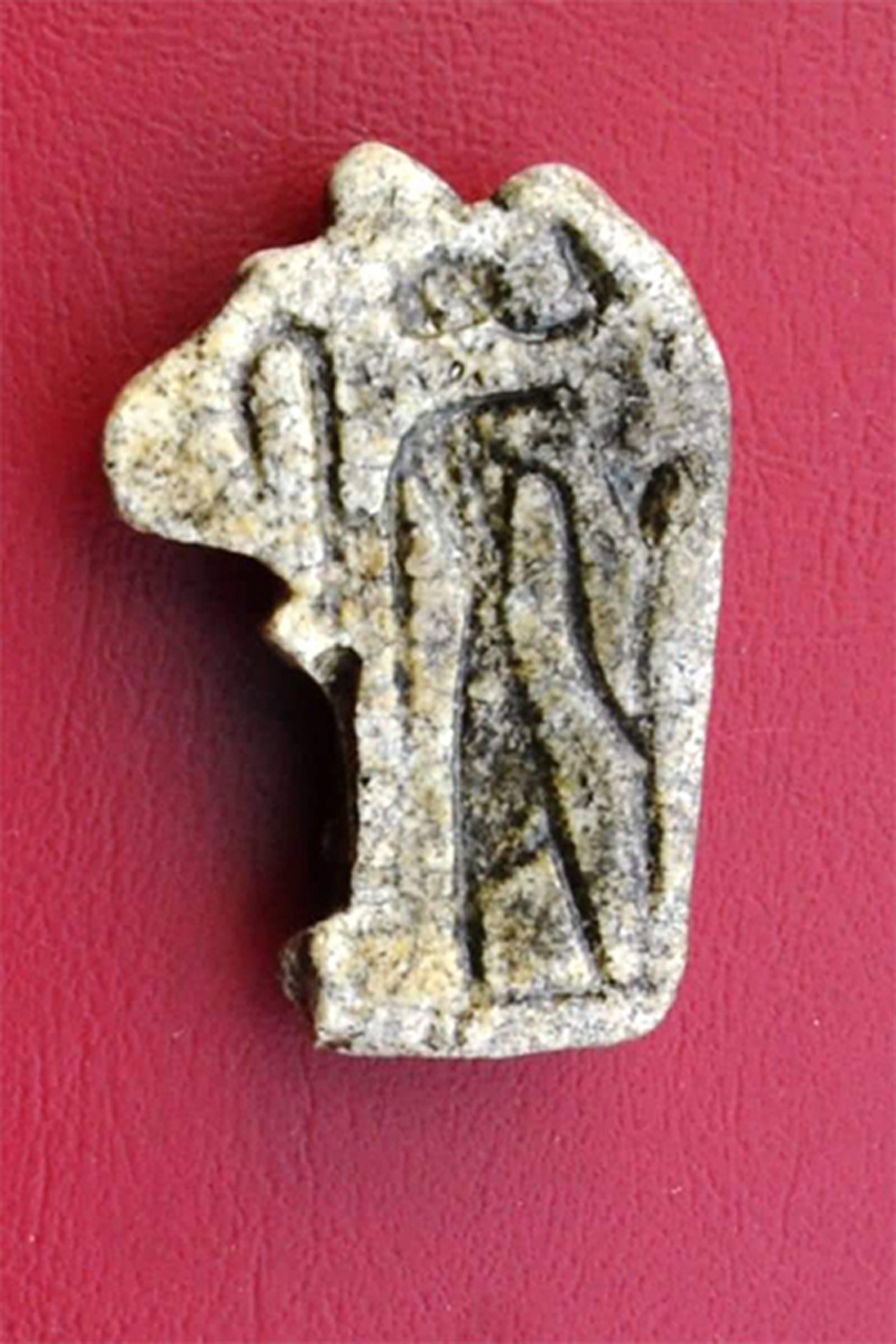Smell of eternity
- In ancient Egypt, during the mummification process, several organs were introduced into canopan vessels, for which balms composed of various substances were used for preservation.
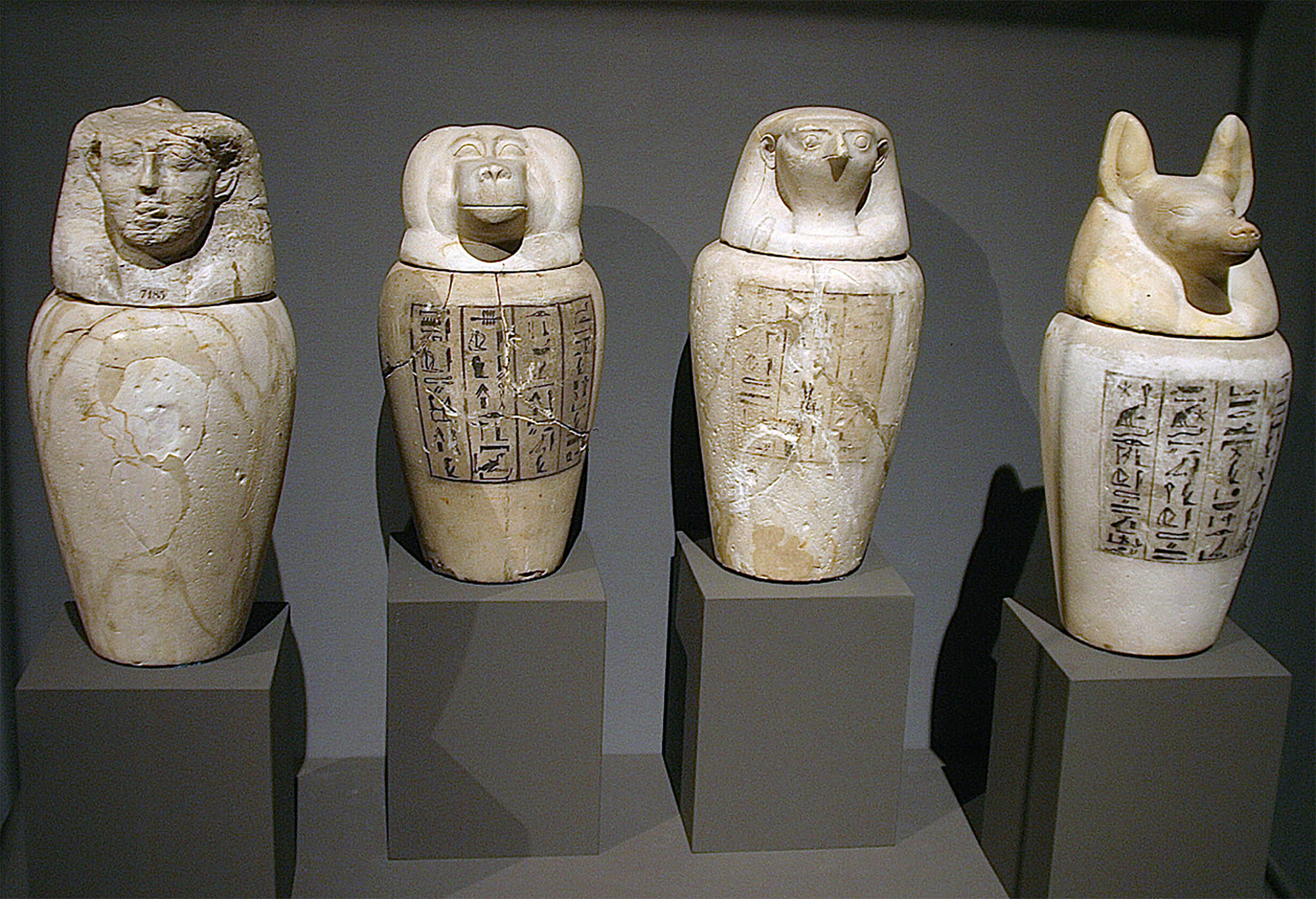
Researchers at the Max Planck Institute have recently analyzed the footprints of the canopan boats of Senetnay, the nodriza of the faraio Amenhotep II, and have extracted a long list of substances: beeswax, vegetable oils, animal fat, bitumen, resin, cinnamon, peas, benzoic acid… This is proof of the degree of sophistication of the extensive mummification process and of the Egyptian commercial network.
In addition, with the help of the perfumer Carole Galvez, the perfume of this balm, called the “smell of eternity”, is reconstructed and, for the time being, visitors to the Moesgaard museum in Denmark have the opportunity to smell it.
Luxorren, Erregeen Haranetik gertu, hilobi garrantzitsu baten sarrera eta pasabide nagusia aurkitu zituzten 2022an. Orain, alabastrozko objektu batean Tutmosis II.aren kartutxoa topatu dute (irudian). Horrek esan nahi du hilobi hori XVIII. dinastiako faraoiarena... [+]
Mostafa Waziri, Secretary General of the Upper Ancient Council of Egypt, recently presented the gigantic restoration project of the Mizerino pyramid: They will cover the man's smallest pyramid with granite blocks to regain its original appearance. Although Waziri has... [+]
Researchers at the Conservation Centre of the Egyptian Museum of Cairo have found that Eutrema japonicum or Cochlearia wasabi radish is suitable and effective for the cleaning and conservation of papyrus. That is, the wasabi used mainly in the Japanese kitchen, for its... [+]
Nilometroak Nilo ibaiaren ibilgu naturaletik hurbil eraikitzen zituzten era askotako eskalak ziren: eraikin konplexuak ziren batzuk, beste batzuk putzu soilak edo harrian zulatutako eskailerak. Antzinako Egipton, basamortua zeharkatzen duen Nilo ibaia funtsezkoa zen nekazaritzan... [+]
Hiru kontzeptuok aztertu eta antzinako egiptoarren sinesmenekin lotu ditu Brown unibertsitateko (AEB) Victoria Almansa Villatoro egiptologoak (Journal of Egyptian Archaeology).
Egipto, K.a 2162 edo 2191. Nitokris faraoiaren bi urteko erregealdia amaitu zen eta, hala, VI. dinastia amaitu eta Egiptoko lehen tarteko aroa hasi zen.
Nesiamon duela 3.000 urte inguru Karnakeko Amonen tenpluan jardun zuen apaiz egiptoarra izan zen eta haren momia Leedseko (Ingalaterra) museoan egon da 1823az geroztik.











